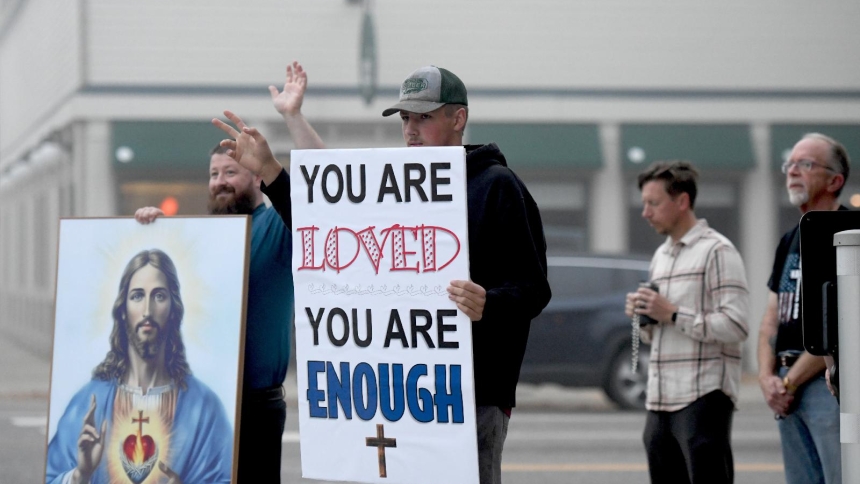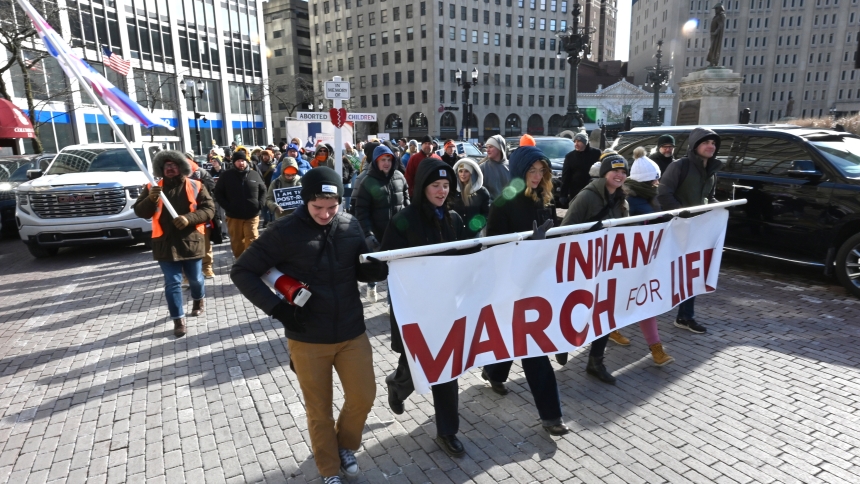
As published in the Northwest Indiana Catholic on December 17, 2017
Every December, I look forward with deep joy to the festive celebrations of the Immaculate Conception and Our Lady of Guadalupe. Advent is truly a Marian season in which we ponder Mary’s gracious and generous fiat to the invitation of the Lord to bear the Word made flesh and to bring God into the world.
This year, I was blessed to celebrate six Masses in honor of Our Lady of Guadalupe, thoroughly enjoying every single one! The Aztec dancers, the processions, the drama of Juan Diego and the miraculous tilma never fail to seize my heart and imagination.
The Blessed Virgin appeared to St. Juan Diego, an indigenous peasant in Mexico, in 1531, shortly after the Spanish conquest. This murderous invasion by Hernando Cortes wiped out thousands of the native peoples through war, starvation and disease. Understandably, those who survived were reluctant to convert to Catholicism, the professed religion of their oppressors.
Given this historical context, Mary’s appearance as an indigenous woman takes on great significance, for it expresses God’s love for and complete identification with the suffering, conquered people of Mexico. The Guadalupe experience triggered the massive conversion of millions of natives to Christianity. A profound fusion of religious faith and cultural identity, devotion to Our Lady of Guadalupe is the basis of Mexican culture.
Mary imprinted her famous image on the tilma or tunic of Juan Diego. Made of cactus fiber, the tilma should have disintegrated centuries ago, yet it remains luminously intact, its colors as vibrant as ever. The image itself does not consist of paint or dye, but mysteriously floats on the tilma; specialists cannot determine its origin or makeup.
In the image, Our Lady of Guadalupe is dancing, signified by the movement of her knees, and is pregnant, symbolized by the black belt around her waist. A hundred years ago, an anarchist set off a powerful bomb in front of the image, hoping to destroy it forever. The force of the blast bent a heavy silver crucifix completely backwards, but the tilma remained unharmed.
Every year, millions of pilgrims make their way to the basilica in Mexico City to venerate the mysterious image, which quietly and beautifully expresses the tender love of the Blessed Virgin for her children.
Here in our diocese, we are blessed with the presence of thousands of Hispanic people, mostly from Mexico, many of them immigrants. They have come to us, seeking a better life for their children, leaving their homeland and oftentimes, family members in order to economically survive. Despite some significant economic progress, too many Mexicans still suffer an oppressive and dehumanizing poverty which most of us could not even begin to imagine.
The immigrants I have met in our parishes are faith-filled, hard-working, loving and kind. They take jobs in factories and restaurants; they harvest crops by hand in fields and labor at lawn care in every type of weather - jobs few other people would even consider.
Immigrants contribute to the common good, the economy and the life of the Church. Some estimates predict that within 25 years, 50 percent of US Catholics will be Hispanic.
At the November meeting of the United States Catholic Conference of Bishops, we spent considerable time discussing immigration issues. As a body, the bishops have always embraced the need for border security, immigration laws, the need for quotas and control. Every nation has the right to secure its own borders.
How do we respond, however, to the thousands of immigrants who have come here seeking a basic standard of dignified living, have been here for years and are a stable and contributing presence in our communities, schools, places of work, churches and military?
How can we send back to Mexico and other countries those who were brought here as minors, and now are fully immersed in the life and culture of the United States? Should we really break up families who have found a decent life and the possibility of hope?
The bishops have called on Congress to finally resolve these pressing issues, which impact millions of people, by creating a path of citizenship for those immigrants who have been here for years and are law-abiding citizens, most especially those who came here as children and know no other country as home.
Some would say that all of these folks broke the law through illegal entry and need to be deported. How could our government even feasibly accomplish such a massive undertaking? How would such numerous deportations affect our economy, our cities and towns? How many families would be ripped apart, and how many individuals would be sent to a country whose language they may not even know?
In welcoming the immigrant, the Church continues the work of charity and justice which has enriched our country with people who have come here from all over the world, seeking to live in a democracy and making their economic contribution towards the common good.
Like our Mexican brothers and sisters, our forebears arrived in this land of promise with little more than their Catholic faith and a work ethic, determined to succeed. If you have never done so, I encourage you to attend Mass at one of our Hispanic parishes, get to know an immigrant, help put a face and a story on these pressing issues and advocate for a just resolution of this national crisis.
Our Lady of Guadalupe is the Queen of all the Americas, uniting the people of the New World under her mantle of love and protection.
+ Donald J. Hying


